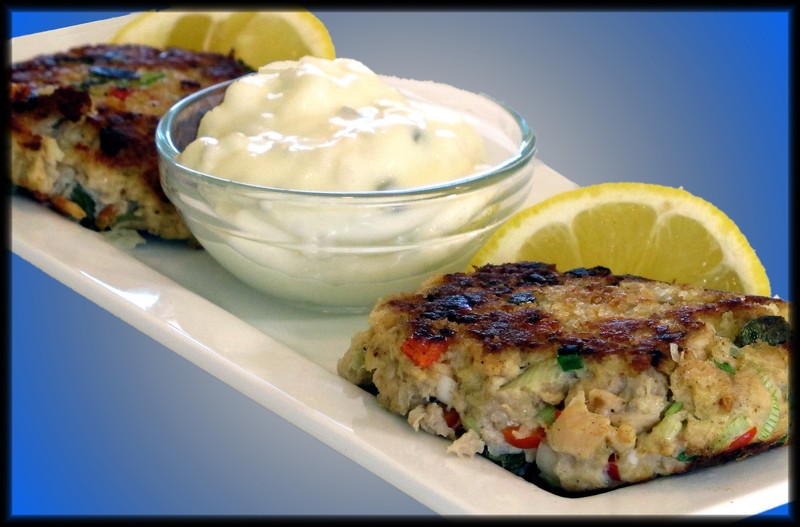Mailing our annual contribution to the IRS on Monday inspired us to find additional ways to economize on our food bills. We already avoid canned or frozen vegetables, which are more costly and offer less nutritional value. Processing and preservatives can often destroy their desirable vitamins, minerals and fiber. For comparable reasons, we opt for the slightly pricier organic and antibiotic-free poultry. Fish, however, has become a challenge.
We’re all aware of the importance of omega-3 fatty acids in a heart-healthy diet, and fatty fish such as salmon are an excellent source. However, salmon production practices will dramatically affect how much nutrition you’ll find in each serving. Most salmon steaks and filets come from fish that have been farm raised, not wild caught. What’s the difference?
Commercially produced salmon are grown in pens or controlled enclosures in rivers, lakes and the ocean. This compact environment exposes these fish to more antibiotics and toxins than the schools of salmon swimming in unrestricted waters. In addition, artificial dyes are added to the diet of farmed fish to transform their flesh from an unappetizing grey to the familiar pinkish orange. For optimal nutrition and price performance, your best choice is wild-caught salmon.
If you don’t have a relationship with an Alaskan fisherman or a reliable mail-order supplier (of which there are plenty) it may surprise you to know that canned salmon is an excellent alternative. There are two different types of canned salmon, both wild caught, but check the label for country of origin. The first is much like canned tuna, skinless and boneless with the contents cooked during the canning process. This is an ideal ingredient for mayonnaise-based dips, spreads and Nicoise-style salads.
A second type of canned salmon is something entirely unexpected for the uninitiated. The contents of these cans include every part of the filets: skin, bones and flesh. It isn’t chopped into chunks, just sort of folded and densely crammed in the container. The canning process softens the bones, so they’re easily eaten, and some fans applaud the subtle crunch in the texture (as well as the higher calcium content).
In my quest for lower-cost, high-quality ingredients, I planned to make salmon cakes instead of crab cakes. Since my favorite fishmonger didn’t have any wild-caught salmon (only farm-raised) I opted to use canned salmon. Unfortunately, I had never before bought this particular item and neglected to choose a boneless and skinless variety. Imagine my surprise when I opened the can that seemed to have been crammed full of random fish parts.
The skin was easy enough to remove by grabbing an edge with chopsticks and tugging, although it’s fine to mash it into the mix to add richness. Unlike those who enjoy munching the bones, I teased the flesh away from the tangle of vertebrae, ribs and pin bones with a small knife. Then, because I wasn’t sure how the darker flesh would taste, anything non-pink went into the cat’s dish.
So much for cost-effective: I’d just spent twenty minutes culling through the contents of a 14-ounce can to collect enough raw material to make three small salmon cakes (see photo). While they were certainly delicious, next time we make them, we’ll start with a less complicated can of fish. Or, we’ll find an Alaskan who ships wild-caught salmon.
Salmon Cakes
1 egg
1 t Old Bay seasoning
1/4 C minced red bell pepper
1 t capers
1 minced shallot
1 sliced green onion
2 T panko, divided
6-oz can salmon*
1 T unsalted butter
Mix together egg, Old Bay, bell pepper, capers, shallot, green onion and 1 T panko. Drain salmon and gently add into mixture. Form into 3 or 4 patties and dredge on both sides with remaining panko. Melt the butter in a nonstick skillet over medium low. Place the patties in the pan and cook for about 3 minutes. Turn and cook for an additional 3 to 4 minutes until second side is browned. Serve with lemon wedges and tartar sauce. *Select boneless, skinless, wild-caught variety.
Salmon Nicoise
6-oz can salmon*
1 head Bibb lettuce
1 C cooked haricot vert
1 tomato, sliced into wedges
1 red bell pepper, thinly sliced
1/2 C thinly sliced red onion
2 hard-boiled eggs
3 T olive oil
2 T white wine vinegar
1 T rice wine vinegar
1/2 t dry mustard
1 minced shallot
Wash and dry lettuce; arrange leaves on a serving plate. Top with beans, tomato wedges, sliced pepper and onion slices. Drain and flake salmon; scatter over salad. Cut eggs into quarters and arrange around plate. Whisk together remaining ingredients and drizzle dressing over salad. *Select boneless, skinless, wild-caught variety.
Creamy Salmon Pasta
8 oz dried linguine
1 T olive oil
1 T butter
1 minced shallot
1/2 C dry white wine
1/2 C half & half
1 C fresh peas
6-oz can salmon*
3 T finely chopped fresh dill
salt & pepper, to taste
lemon wedges
Cook pasta according to package directions. Meanwhile, heat oil and butter in a large skillet over medium. Add shallots and cook until softened, about 2 minutes. Add white wine and peas; simmer another 3 minutes. Reduce heat, add half & half; gently simmer 2 minutes more. Drain salmon and add to skillet with dill. Heat until sauce thickens slightly. Drain pasta and add to pan, tossing to coat with sauce. Season with salt & pepper and serve with lemon wedges.
*Select boneless, skinless, wild-caught variety.
























































